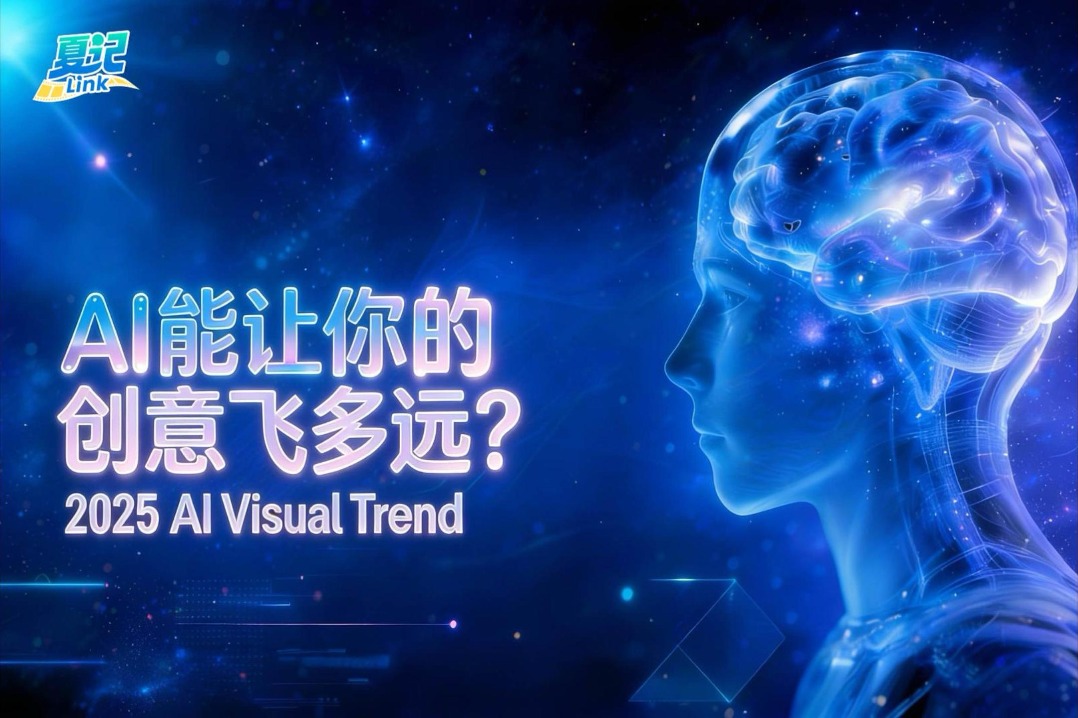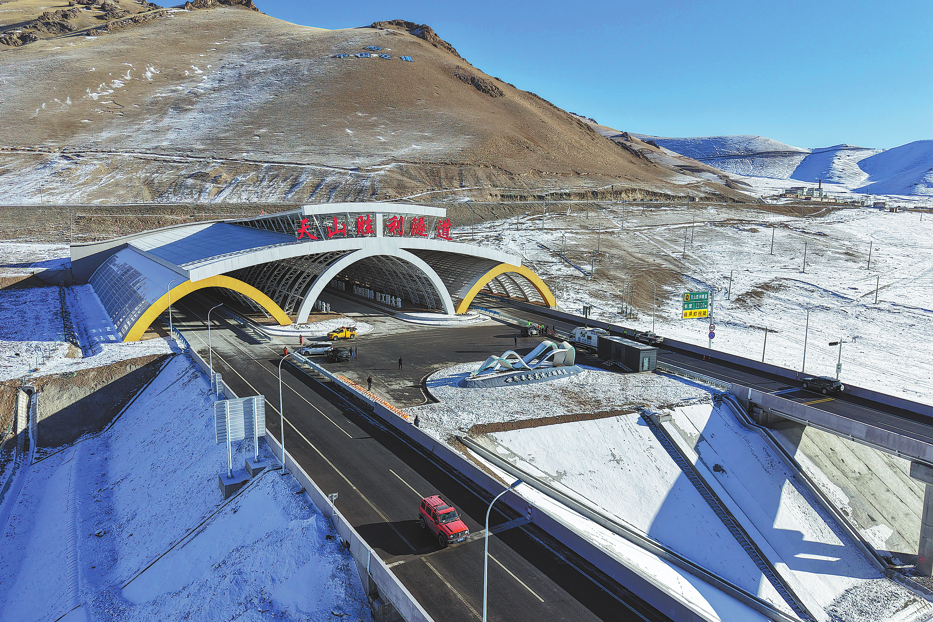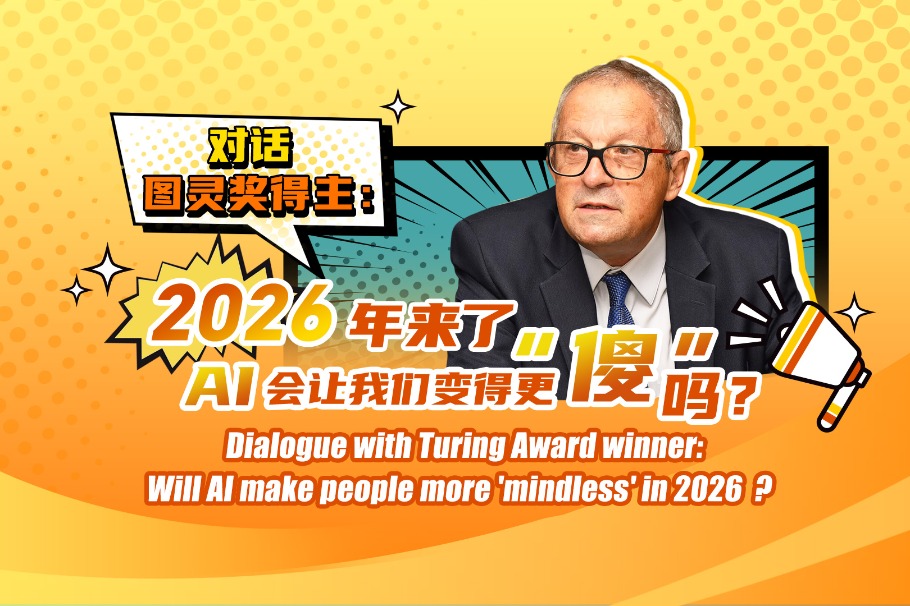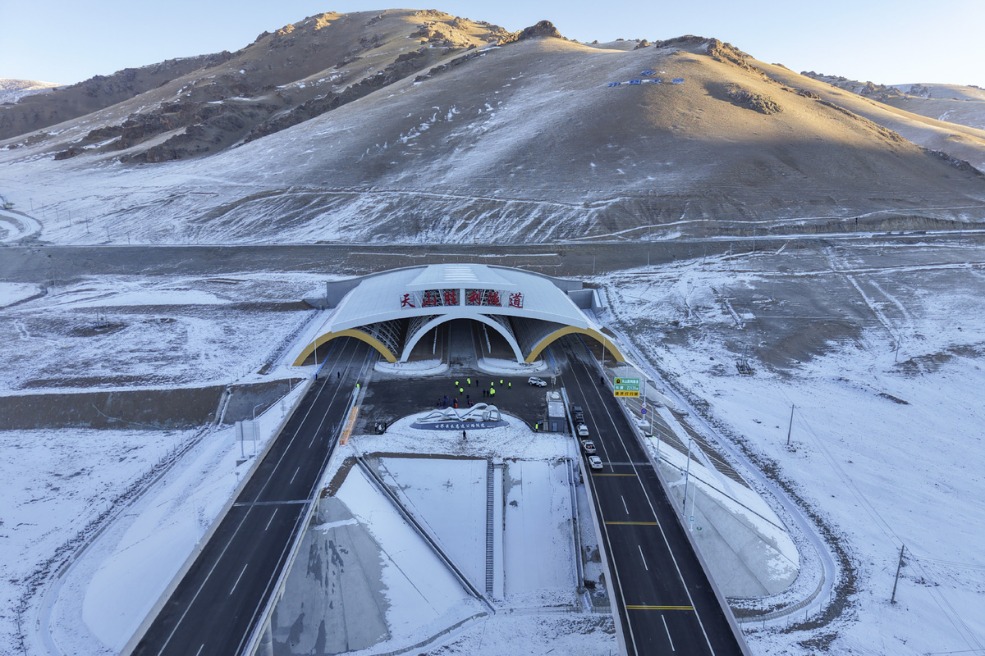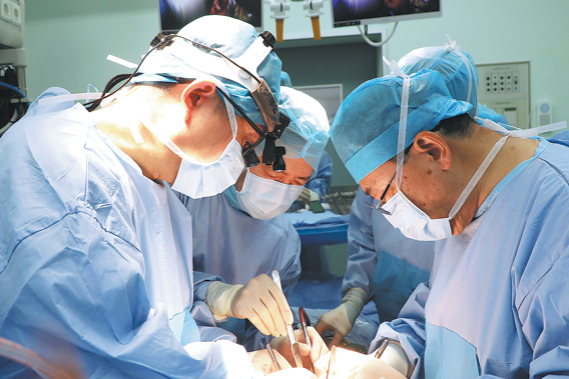The dead 'come back to life' with the wonder of AI tech

I subscribed to a website recently that has a tool to bring dead ancestors and other departed figures back to life-or seemingly so-through the wonders of artificial intelligence.
You upload an old photograph to myheritage.com/deep-nostalgia, wait a minute for the computer to process it, and then-voila!-the photo comes to life for a few seconds as a digital movie.
If you didn't know it was a computer simulation, you'd swear you were watching a movie of the person taken in life. It's truly astounding.
I was startled by the realism, and excited to try it out on pictures of my own ancestors. One after another, I uploaded old pictures, starting with my maternal grandfather (he died in 1955) and his wife, my grandmother. Their pictures had stood on a piano at home when I was a boy. Then there was my paternal grandfather (who died in the 1930s). There was Abraham Lincoln and a realistic painting of George Washington. Watching the short animations, I could virtually meet them-pun intended.
And then there was General Ulysses S. Grant of American Civil War fame, who is one of my personal heroes, and General Douglas Mac-Arthur, who did so much to defeat Imperial Japan in World War II before bogging down unceremoniously in Korea.
My appreciation for important figures in China was greatly enhanced as I used the software to create moving images of their faces-dignified, handsome visages of men, including a young Mao Ze--dong, whose hearts were focused on the well-being of the Chinese people at formative moments in the nation's history. And I mean "moving" both literally and emotionally. I felt that I had come to know them in a more personal way.
Then I tried an experiment. One of my daughters is a fine artist and had painted a colorful portrait of her younger sister. What would happen if I uploaded the painting to the animation software?
Answer: It came to life.
After a while, I looked up at the clock and realized that six hours had elapsed. I had been so absorbed in virtual history that I hadn't noticed.
Was there any real value in this exercise, or was it merely a passing curiosity? A little of both, I'd say. I came away feeling that I had connected with important people in my life in a dimension I could not have reached otherwise. I'm grateful for the tech wizards who figured out how to apply artificial intelligence to this corner of my small world.
And if they can do this much now, it's mind-bending to imagine what will be possible after a few more years of development.
I read recently that in the making of a new Star Wars episode, the filmmakers needed the original Luke Skywalker to appear in an extended scene-and they needed him young. Unfortunately, the actor, Mark Hamill, is now 69 years old.
So they enlisted AI, scanning thousands of photos of Hamill from all angles into a database, which was eventually used by AI to create new footage. And it all looks absolutely real.
Hollywood aside, however, I most appreciate the genealogical aspects of this technology. It connected me-figuratively, at least-with people who contributed to who I am, but who were in danger of fading away in the haze of the past. Now they live again, sort of.


Today's Top News
- Wang to meet foreign ministers of Cambodia, Thailand in Yunnan
- China's top legislature concludes standing committee session
- Thailand and Cambodia agree to temporary ceasefire
- NPC's 4th annual session slated for early March
- Civilizational links for a fairer world
- Manufacturing in China spurs global growth
















